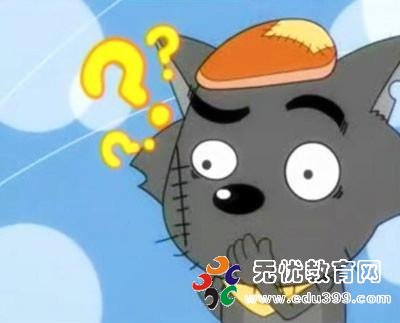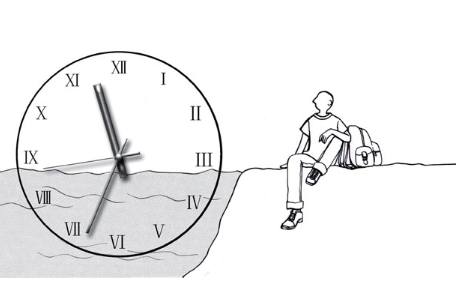[D] As for children’s books, who knows? Children’s books are like dog food in that the purchasers are not the consumers, so the market (and the marketing) is inherently strange.
[E] For clues to the book’s future, let’s look at some examples of technological change and see what happened to the old technology.
[F] One technology replaces another only because the new technology is better, cheaper, or both. The greater the difference, the sooner and more thoroughly the new technology replaces the old. Printing with moveable type on paper dramatically reduced the cost of producing a book compared with the old-fashioned ones handwritten on vellum, which comes from sheepskin. A Bible—to be sure, a long book—required vellum made from 300 sheepskins and countless man-hours of labor. Before printing arrived, a Bible cost more than a middle-class house. There were perhaps 50,000 books in all of Europe in 1450. By 1500 there were 10 million.
[G] But while printing quickly caused the hand written book to die out, handwriting lingered on (继续存在) well into the 16th century. Very special books are still occasionally produced on vellum, but they are one-of-a-kind show pieces.
[H]Sometimes a new technology doesn’t drive the old one out, but only parts of it while forcing the rest to evolve. The movies were widely predicted to drive live theater out of the marketplace, but they didn’t, because theater turned out to have qualities movies could not reproduce. Equally, TV was supposed to replace movies but, again, did not.
[I] Movies did, however, fatally impact some parts of live theater. And while TV didn’t kill movies, it did kill second-rate pictures, shorts, and cartoons.
[J] Nor did TV kill radio. Comedy and drama shows (“Jack Benny,” “Amos and Andy,” “The Shadow”) all migrated to television. But because you can’t drive a car and watch television at the same time, rush hour became radio’s prime, while music, talk, and news radio greatly enlarged their audiences. Radio is today a very different business than in the late 1940s and a much larger one.
[K] Sometimes old technology lingers for centuries because of its symbolic power. Mounted cavalry (骑兵) replaced the chariot (二轮战车) on the battlefield around 1000 BC. But chariots maintained their place in parades and triumphs right up until the end of the Roman Empire 1,500 years later. The sword hasn’t had a military function for a hundred years, but is still part of an officer’s full-dress uniform, precisely because a sword always symbolized “an officer and a gentleman.”
[L] Sometimes new technology is a little cranky (不稳定的) at first. Television repairman was a common occupation in the 1950s, for instance. And so the old technology remains as a backup. Steamships captured the North Atlantic passenger business from sail in the 1840s because of its much greater speed. But steamships didn’t lose their sails until the 1880s, because early marine engines had a nasty habit of breaking down. Until ships became large enough (and engines small enough) to mount two engines side by side, they needed to keep sails. (The high cost of steam and the lesser need for speed kept the majority of the world’s ocean freight moving by sail until the early years of the 20th century.)
相关阅读
- 安徽商贸职业技术学院2015年6月英语六级报名 2015-04-15
- 河海大学2015年6月英语六级报名时间 2015-04-15
- 海口经济学院2015年6月英语六级报名时间 2015-04-15
- 广东第二师范学院2015年6月英语六级报名时间 2015-04-15
- 山东理工大学2015年6月英语六级报名时间 2015-04-15
本文地址:http://www.edu399.com/waiyu/109643.html
本文标题:2014年6月大学英语四级考试真题及答案完整版(5)
- 评论列表(网友评论仅供网友表达个人看法,并不表明本站同意其观点或证实其描述)
-



